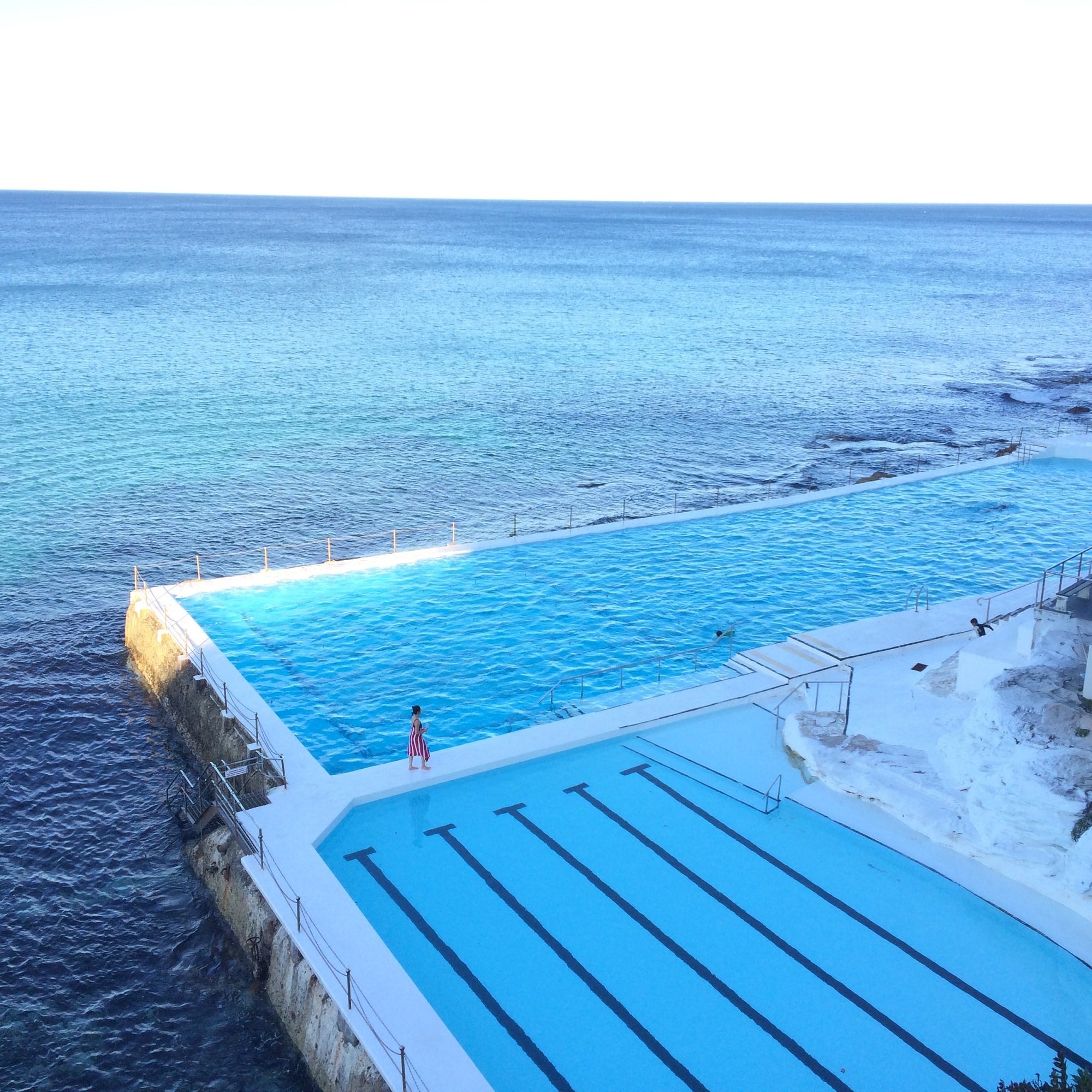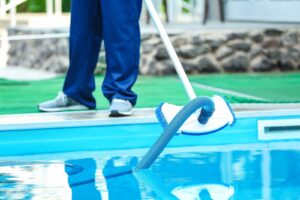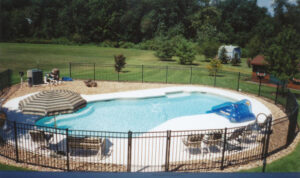Introduction:
Vinyl liner pools are popular for their durability and aesthetic appeal. However, over time, these pools may develop leaks, causing water loss and potential damage. Resolving vinyl liner pool leaks requires a systematic approach to identifying and repair the source of the problem. In this article, we will delve into effective techniques and solutions for mastering the art of resolving vinyl liner pool leaks. By understanding the causes of leaks and implementing appropriate solutions, pool owners can ensure the longevity and pristine condition of their vinyl liner pools.
I. Understanding Vinyl Liner Pool Leaks
1. Common Causes of Leaks:
Vinyl liner pool leaks can occur due to various reasons, such as aging liners, improper installation, sharp objects, or damage from pool equipment. Understanding the common causes helps in identifying the source of the leak and implementing the appropriate repair technique.
2. Signs of Vinyl Liner Pool Leaks:
Detecting vinyl liner pool leaks can be challenging, but there are several signs to look out for. These include a noticeable drop in water level, soggy areas around the pool, increased water bills, or difficulty in maintaining the pool’s water chemistry. Being vigilant about these signs can help prompt action to address leaks before they worsen.
3. Importance of Timely Leak Detection and Repair:
Timely detection and repair of vinyl liner pool leaks are crucial to prevent further damage and ensure water conservation. Ignoring leaks can lead to more significant structural issues, increased water loss, and potential damage to the pool’s foundation or surrounding areas. Proactive maintenance and prompt repairs are key to preserving the integrity of the pool and minimizing long-term expenses.
II. Techniques for Resolving Vinyl Liner Pool Leaks
1. Leak Detection:
Accurate leak detection is the first step in resolving vinyl liner pool leaks. Various techniques, such as dye testing, pressure testing, and using specialized leak detection equipment, can help pinpoint the exact location of the leak. Engaging professional pool leak detection services can ensure precise and efficient leak detection, saving time and effort.
2. Patching and Repairing Leaks:
Once the source of the leak is identified, patching and repairing the vinyl liner is necessary. Depending on the size and severity of the leak, different repair techniques may be employed. These can include patching small holes or tears with vinyl liner patch kits, replacing damaged sections of the liner, or applying sealants to seal minor leaks. It is important to follow manufacturer instructions and seek professional guidance for effective repair solutions.
3. Preventive Maintenance:
In addition to addressing existing leaks, preventive maintenance plays a crucial role in minimizing future vinyl liner pool leaks. Regularly inspecting the pool for signs of wear and tear, maintaining proper water chemistry, and avoiding sharp or abrasive objects in the pool can help prevent leaks from occurring in the first place. Proper maintenance and care can extend the lifespan of the vinyl liner and reduce the likelihood of leaks.
III. Solutions for Long-Term Leak Prevention
1. Professional Vinyl Liner Installation:
Ensuring proper installation of the vinyl liner is fundamental to preventing future leaks. Hiring professional pool installers with expertise in vinyl liner pool construction can ensure that the liner is installed correctly, minimizing the potential for leaks caused by installation errors.
2. Quality Vinyl Liner Selection:
Choosing a high-quality vinyl liner from reputable manufacturers is essential for long-term leak prevention. Opt for durable liners designed specifically for your pool’s dimensions and requirements. Investing in a reliable vinyl liner can provide better resistance to wear and tear, reducing the likelihood of leaks.
3. Regular Pool Inspections:
Performing routine inspections of the vinyl liner and the pool’s overall condition is crucial for early leak detection and prevention. By regularly examining the liner for signs of deterioration, such as fading, wrinkles, or thinning, pool owners can take proactive measures to address potential issues before they escalate into significant leaks.





No comment yet, add your voice below!